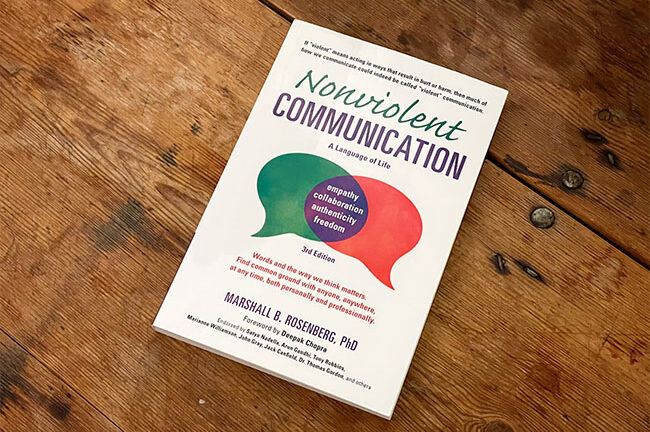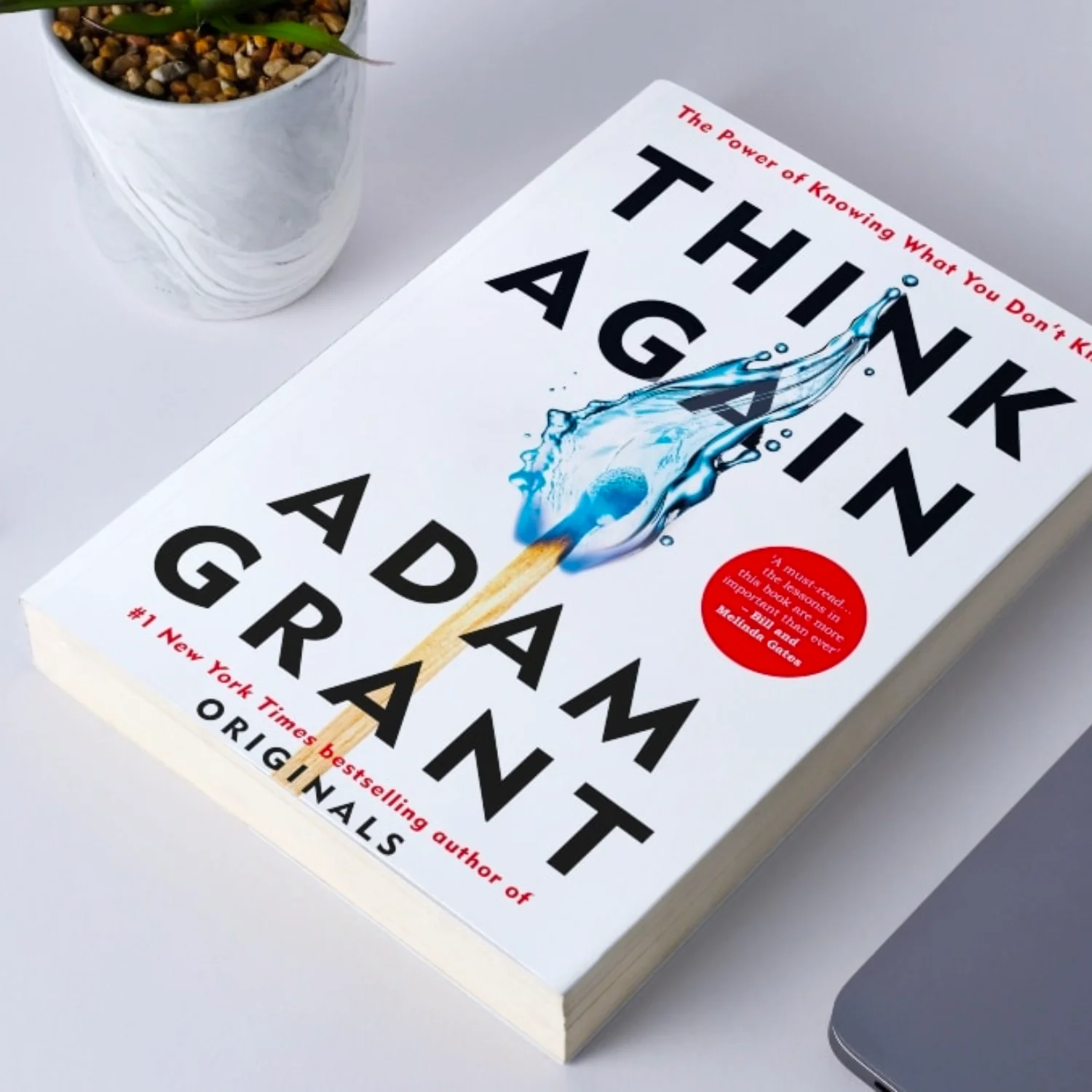I recently had the pleasure of reading “I Will Teach You to Be Rich” by Ramit Sethi, and I cannot recommend it highly enough to everyone in the US. This book is not only incredibly educational but also a thoroughly enjoyable read. It offers invaluable insights into the intricacies of credit, loans, and mortgages, helping readers make informed financial decisions. Ramit Sethi’s approachable and engaging writing style makes complex financial concepts easy to understand and apply, making this book an essential read for anyone looking to improve their financial well-being.
Chapter 1: Optimize Your Credit Cards
Ramit emphasizes the importance of using credit cards wisely. He discusses improving your credit score, negotiating fees, and maximizing rewards.
Chapter 2: Beat the Banks
This chapter focuses on choosing the right bank accounts. Ramit advises on selecting high-interest savings accounts and no-fee checking accounts while avoiding unnecessary bank fees.
Chapter 3: Get Ready to Invest
Ramit introduces the basics of investing, explaining the power of compound interest and the importance of starting early. He also covers 401(k) and Roth IRA accounts.
Chapter 4: Conscious Spending
Ramit outlines a conscious spending plan, encouraging readers to spend extravagantly on the things they love while cutting costs mercilessly on things they don’t. He provides a framework for tracking and managing expenses.
Chapter 5: Save While Sleeping
Automating finances is the focus of this chapter. Ramit explains how to set up automatic payments for bills, savings, and investments to ensure financial goals are met without active effort.
Chapter 6: The Myth of Financial Expertise
Ramit debunks common myths about financial expertise and emphasizes that you don’t need to be an expert to manage your finances effectively. He stresses the importance of low-cost index funds and avoiding high-fee financial advisors.
Chapter 7: Investing Isn’t Only for Rich People
Ramit provides a step-by-step guide to starting an investment portfolio, highlighting the simplicity and accessibility of investing through tools like target-date funds and index funds.
Chapter 8: How to Maintain and Grow Your System
This chapter covers maintaining and optimizing your financial system over time. Ramit advises on regular financial check-ins, adjusting investments, and ensuring your financial plan adapts to life changes.
Chapter 9: A Rich Life
Ramit encourages readers to define their own “Rich Life,” focusing on what brings personal joy and fulfillment. He provides guidance on setting life goals and aligning financial decisions with these goals to achieve a truly rich life.






